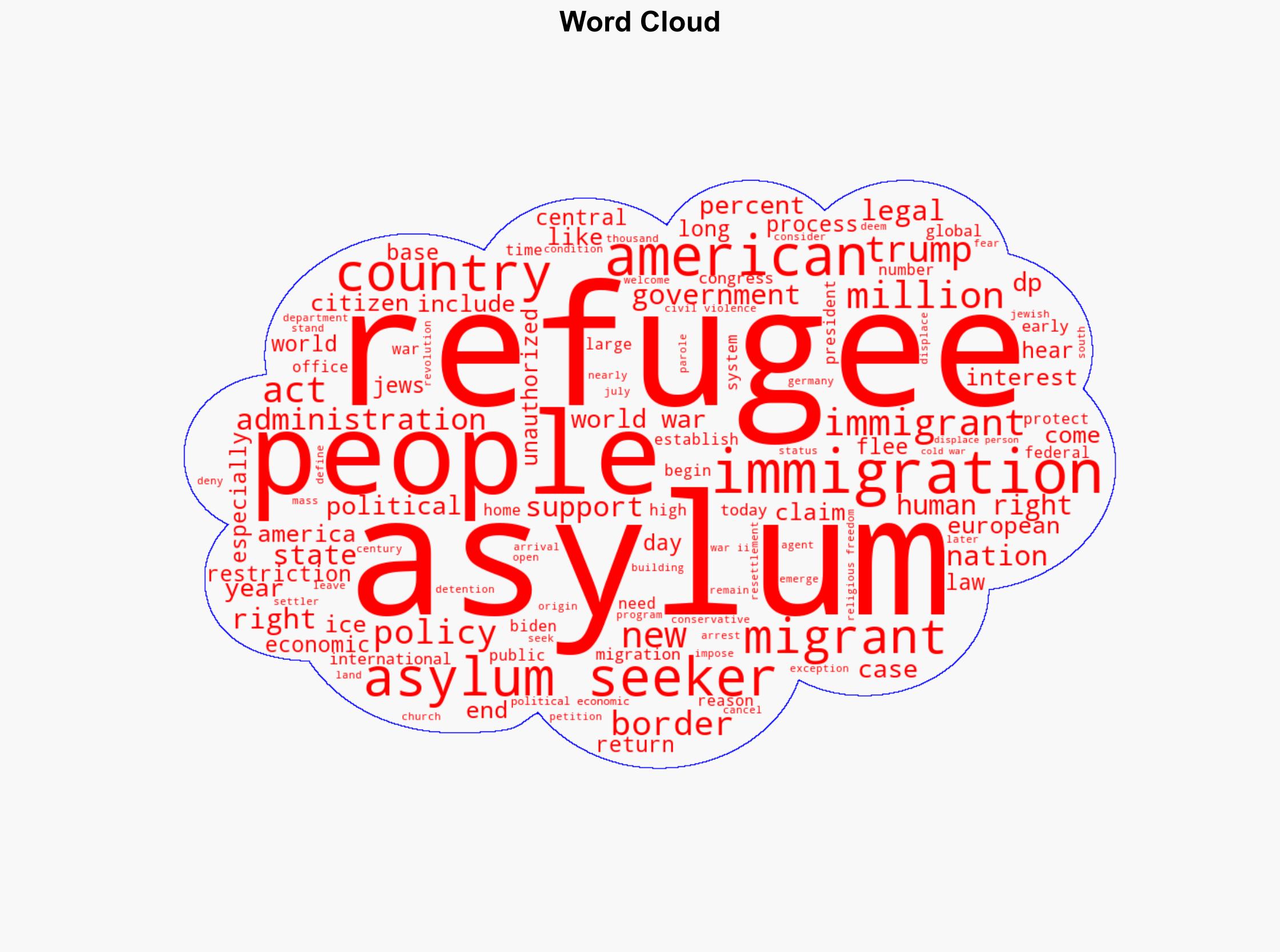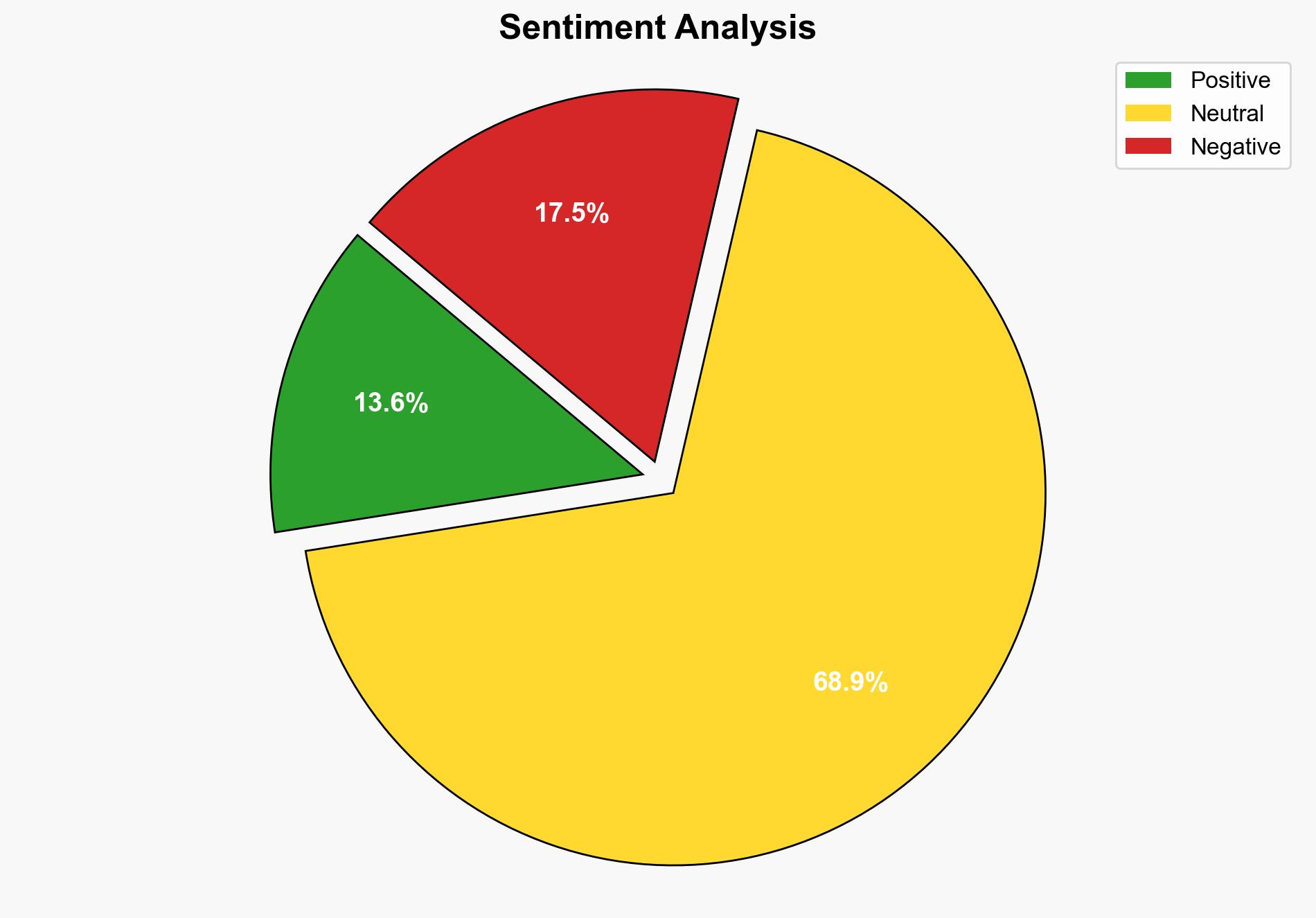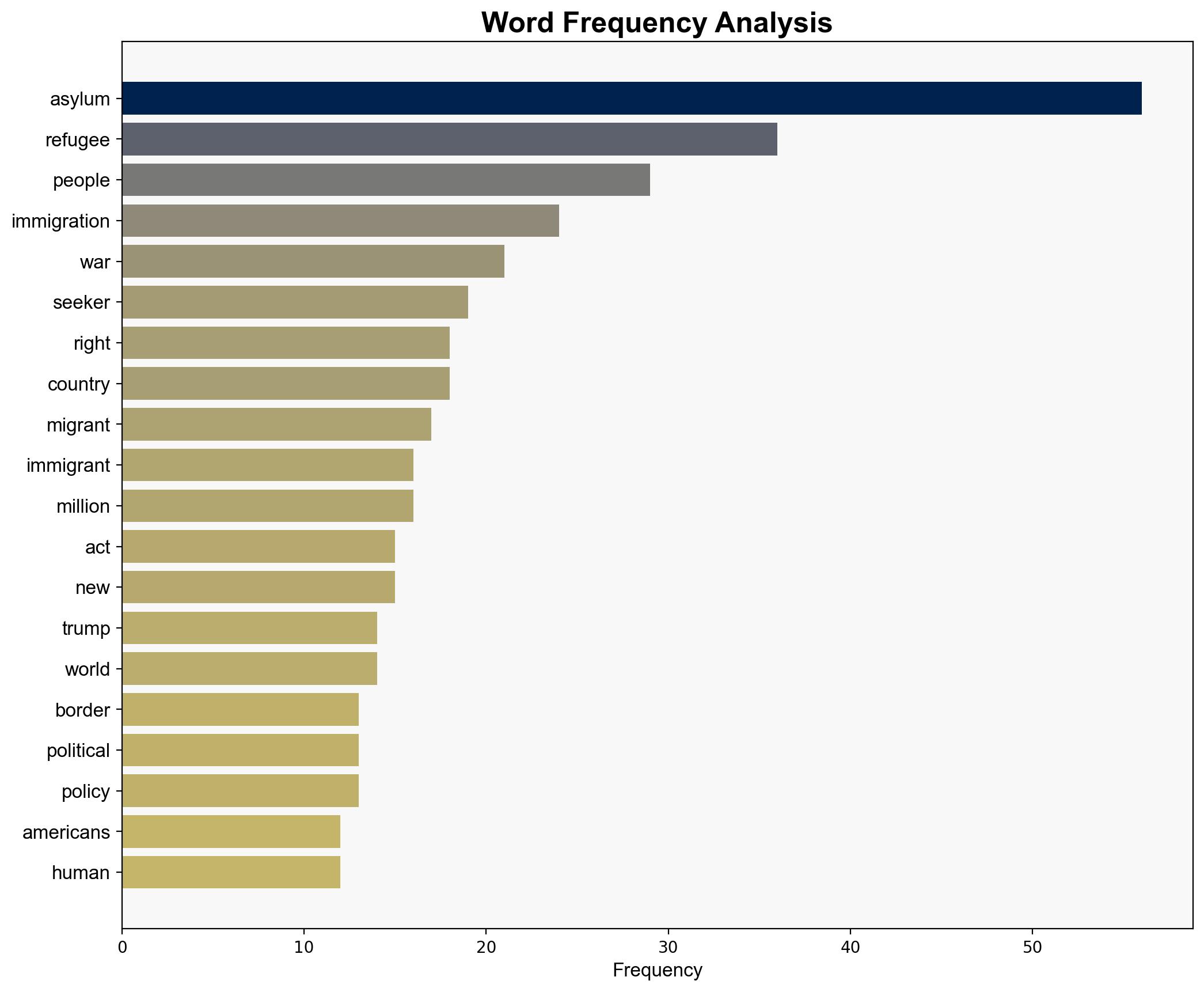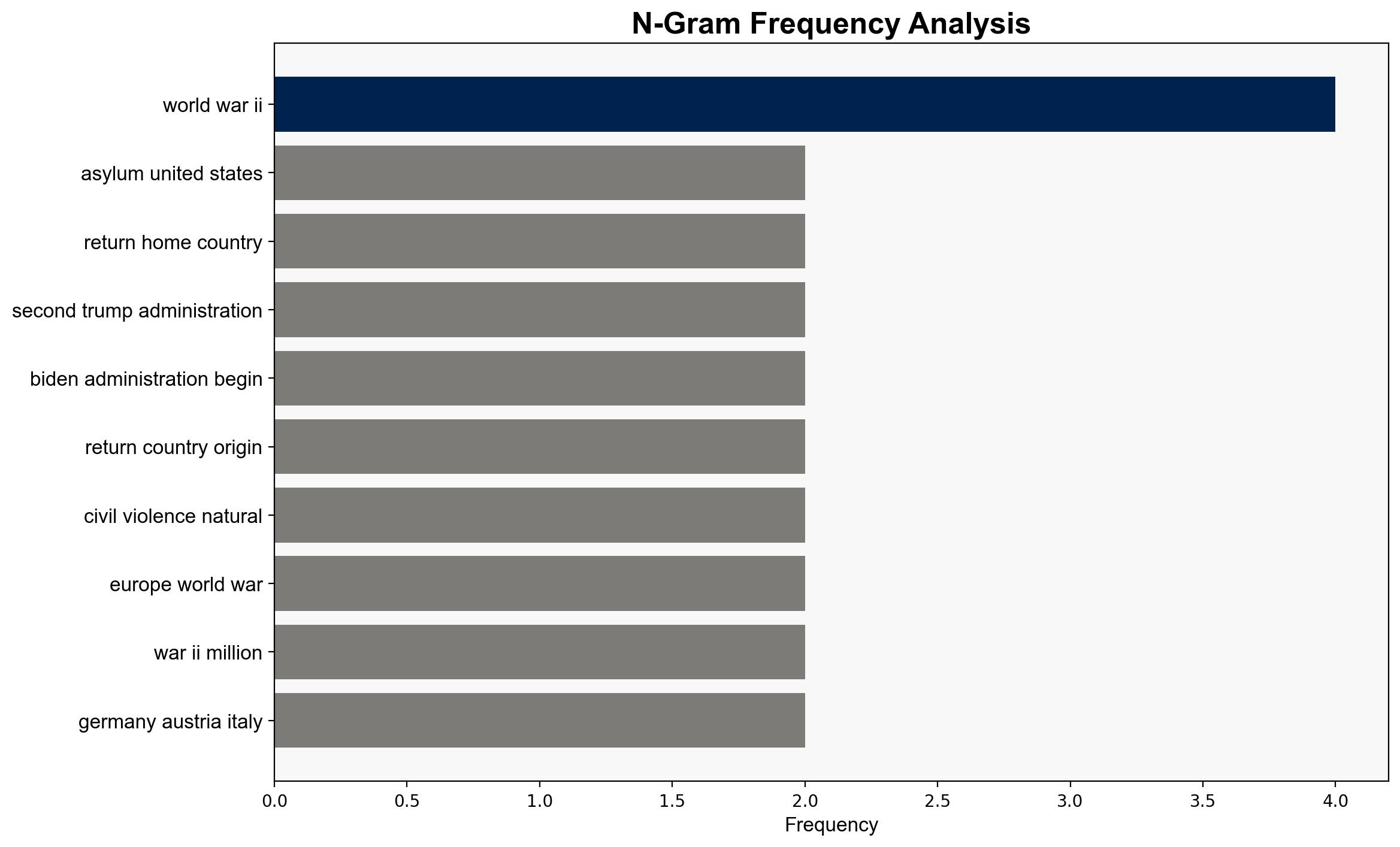The End of Asylum – The New York Review of Books
Published on: 2025-10-12
Intelligence Report: The End of Asylum – The New York Review of Books
1. BLUF (Bottom Line Up Front)
The strategic judgment is that the U.S. asylum system is undergoing significant transformation, potentially undermining established international norms and domestic legal frameworks. The most supported hypothesis is that these changes are part of a broader strategy to deter immigration through stringent enforcement and policy shifts. Confidence level: Moderate. Recommended action includes monitoring legal challenges and assessing the impact on migrant flows and regional stability.
2. Competing Hypotheses
1. **Hypothesis A**: The changes to the asylum process are primarily driven by a strategic policy shift aimed at reducing immigration and enhancing national security.
2. **Hypothesis B**: The changes are largely a result of administrative inefficiencies and unintended consequences of policy implementation rather than a deliberate strategy.
Using the Analysis of Competing Hypotheses (ACH) 2.0, Hypothesis A is better supported due to the systematic nature of policy changes and public statements indicating a strategic intent to curb immigration. Hypothesis B lacks support as the changes appear too coordinated to be merely administrative oversights.
3. Key Assumptions and Red Flags
– **Assumptions**: It is assumed that policy changes are uniformly applied and that enforcement actions are consistent with stated objectives.
– **Red Flags**: Potential cognitive bias includes confirmation bias in interpreting enforcement actions as solely strategic. The lack of transparency in decision-making processes is a significant red flag.
– **Inconsistent Data**: Discrepancies in reported numbers of asylum seekers and enforcement actions suggest possible data manipulation or reporting errors.
4. Implications and Strategic Risks
– **Patterns**: Increased enforcement actions and policy changes may lead to a decrease in asylum claims but could also drive migrants to seek alternative, potentially dangerous, routes.
– **Cascading Threats**: Regional instability may increase as neighboring countries face pressure from displaced populations.
– **Potential Escalation**: Legal challenges to policy changes could escalate to higher courts, impacting U.S. international relations and domestic legal precedents.
– **Economic and Psychological Dimensions**: The fear induced in immigrant communities could have long-term socio-economic impacts, including labor shortages and community distrust.
5. Recommendations and Outlook
- Monitor ongoing legal challenges to asylum policy changes and assess potential outcomes.
- Engage with international partners to address regional migration pressures collaboratively.
- Scenario-based projections:
- Best Case: Legal frameworks are adjusted to balance security with humanitarian obligations, stabilizing migrant flows.
- Worst Case: Policy changes lead to significant human rights violations and regional instability.
- Most Likely: Continued legal battles and incremental policy adjustments without substantial resolution.
6. Key Individuals and Entities
– Joselyn Chipantiza Sisalema: An example of an asylum seeker affected by policy changes.
– U.S. Immigration and Customs Enforcement (ICE): Central to enforcement actions.
– U.S. Department of Justice: Influential in shaping legal interpretations of asylum policies.
7. Thematic Tags
national security threats, immigration policy, human rights, regional stability





